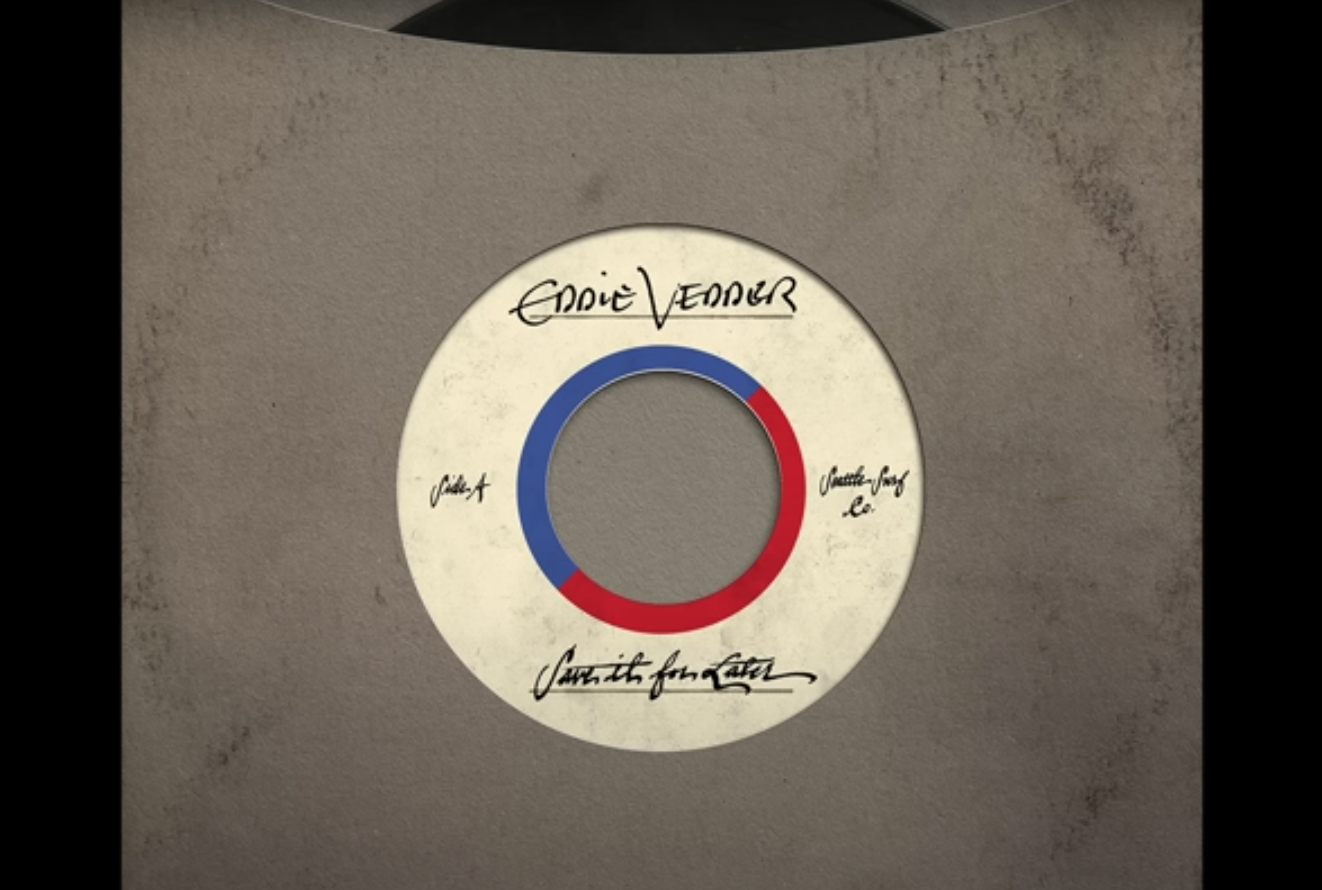-
·
“I Just Wasn’t Made for These Times:” How Two Versions of the Same Song Prove You Can Put Your Own Spin on Anything
My late father and I didn’t always see eye-to-eye. And that was the case when it came to music. However, I am grateful that he introduced me to the one and only Beach Boys. Specifically, what became one of my favorite albums Pet Sounds. Throughout the years, music lovers have analyzed, studied, and adored The…
-
·
Ozzy Osbourne (1948–2025): Remembering the Prince of Darkness Through “War Pigs”
Although he was in poor health, the passing of Ozzy Osbourne on July 22, 2025, still shocked the world. Now that we’re mourning the Prince of Darkness, let’s take a moment to remember his legacy–one that spanned far beyond Black Sabbath. One of the most powerful ways to understand that legacy is through how others…
-
·
“The Promise”: What Sturgill Simpson Can Teach Us About Reinventing Content
About a month ago, I saw Sturgill Simpson at the Post Merriweather Pavilion. He’s a force of nature. Although his originals were awesome, it was his covers I really loved. He played Nirvana’s “In Bloom” in a dark, country-rock way, then, completely out of nowhere, he played Eddie Murphy’s “Party All The Time.” But what…
-
·
Dancing with the Past: What Led Zeppelin and Stone Temple Pilots Teach Us About Creative Influence
“Dancing Days” is likely the first song that comes to mind when we think of Led Zeppelin’s 1973 album Houses of the Holy. I mean, come on. It’s the mighty Led Zeppelin who deliver a funky, upbeat, and confidently offbeat performance. But if you’ve ever heard the Stone Temple Pilots’ cover from the 1990s (originally…
-

·
Whiskey in the Jar: Thin Lizzy vs. Metallica
Since it’s around St. Patrick’s Day, I wanna talk about “Whiskey in the Jar.” For those unfamiliar with this song, it is an Irish ballad about betrayal, robbery, and ill-gotten gains. Throughout generations, this song has evolved and morphed. Although the song first gained popularity with Irish folk band the Dubliners, two versions stand out.…
-
·
The Cure vs. 311 “Love Song”
Valentine’s Day. I’ll be honest. It’s not my cup of tea to celebrate the commercialized holiday. However, it has a way of creeping into our consciousness. For me, that often means revisiting a particular song: “Love Song” (sometimes stylized as “Lovesong”). From the Cure’s album Disintegration, released in 1989, “Love Song” is melancholic beauty at…
-

·
The English Beat vs. Eddie Vedder “Save it for Later”
It’s said that “content is king.” But let’s be honest, original content is what really matters. Put it this way: Additionally, it makes you stand out from the crowd. Unlike everyone else, you’re not just regurgitating the same information. It’s something fresh and valuable that people can’t find anywhere else. Now, I get it. It…